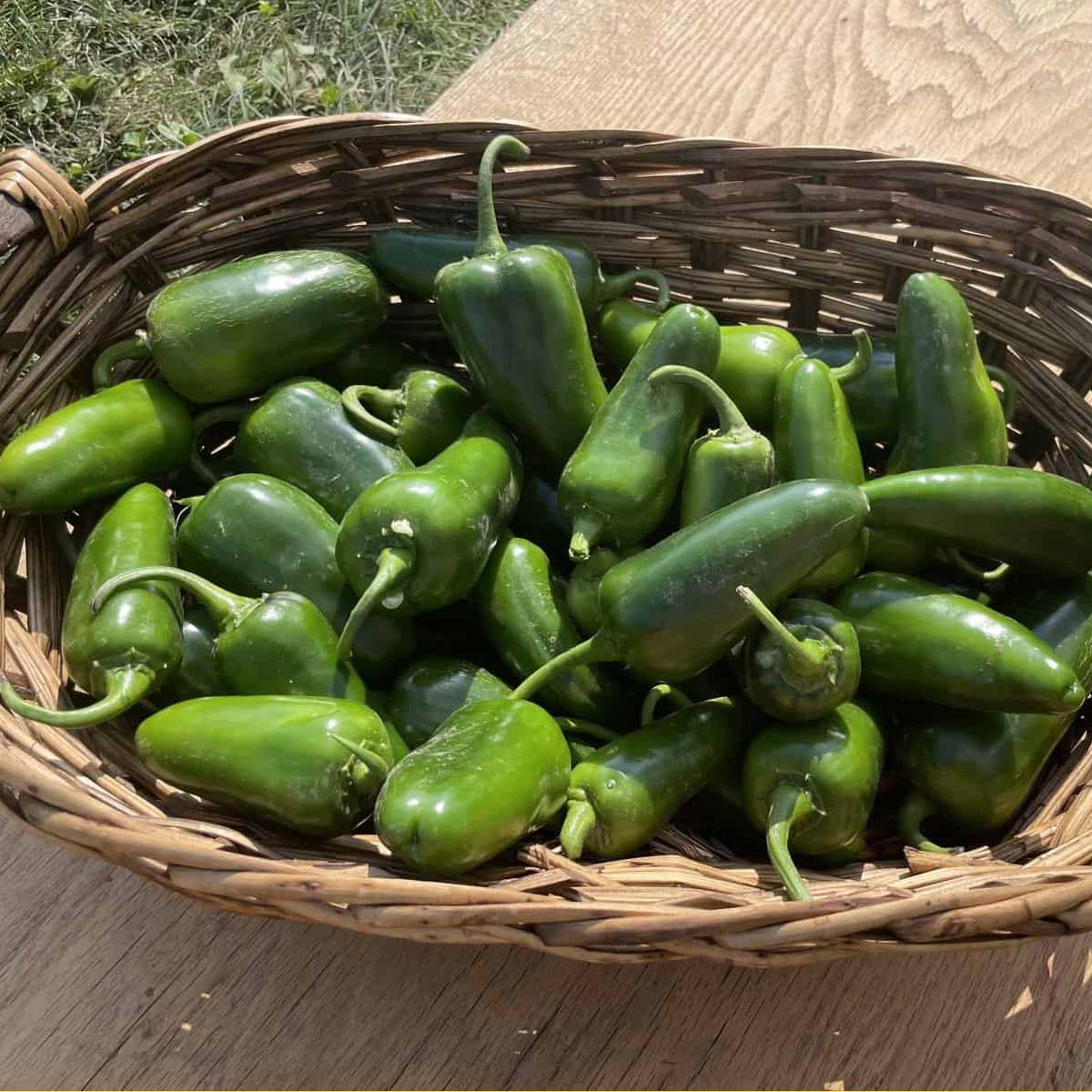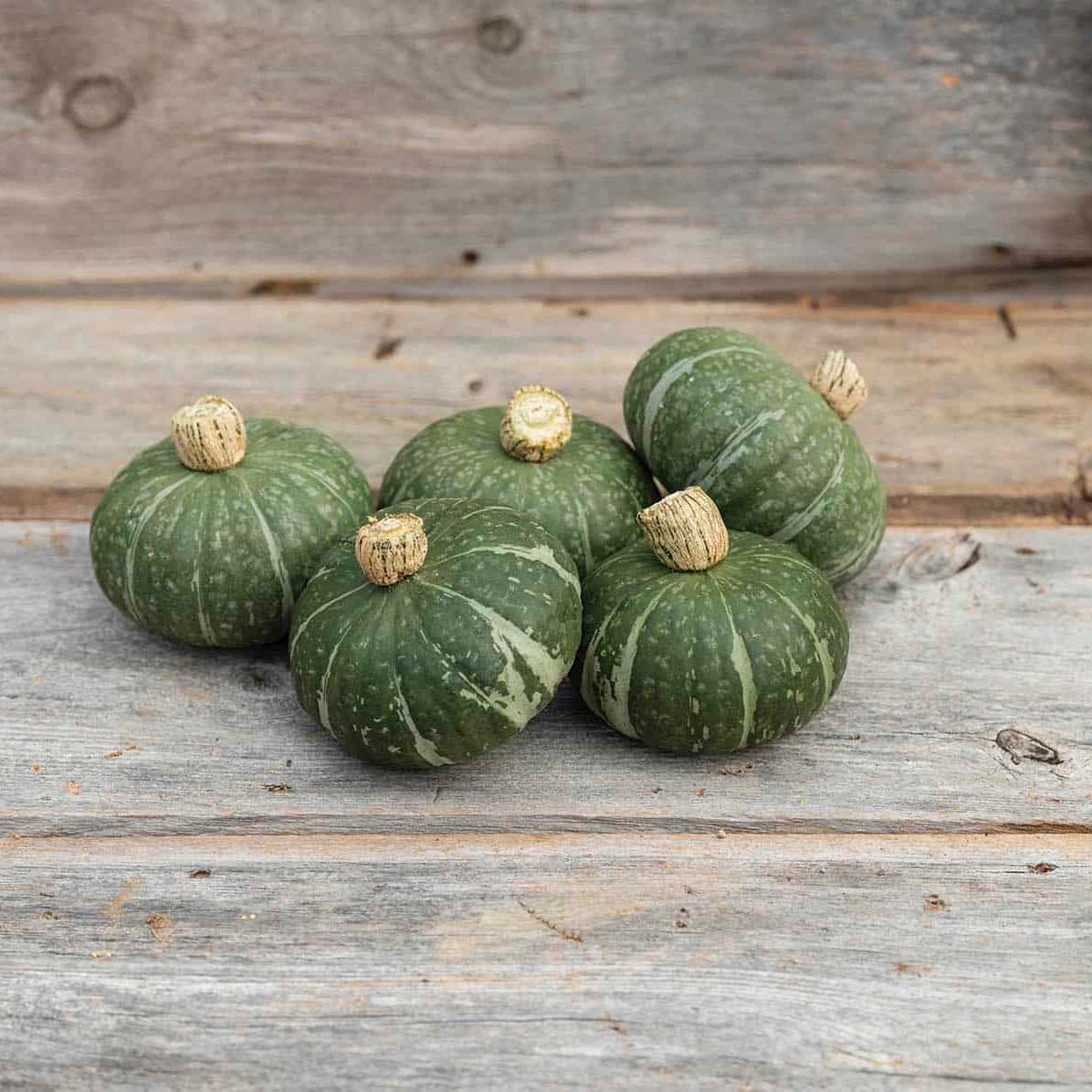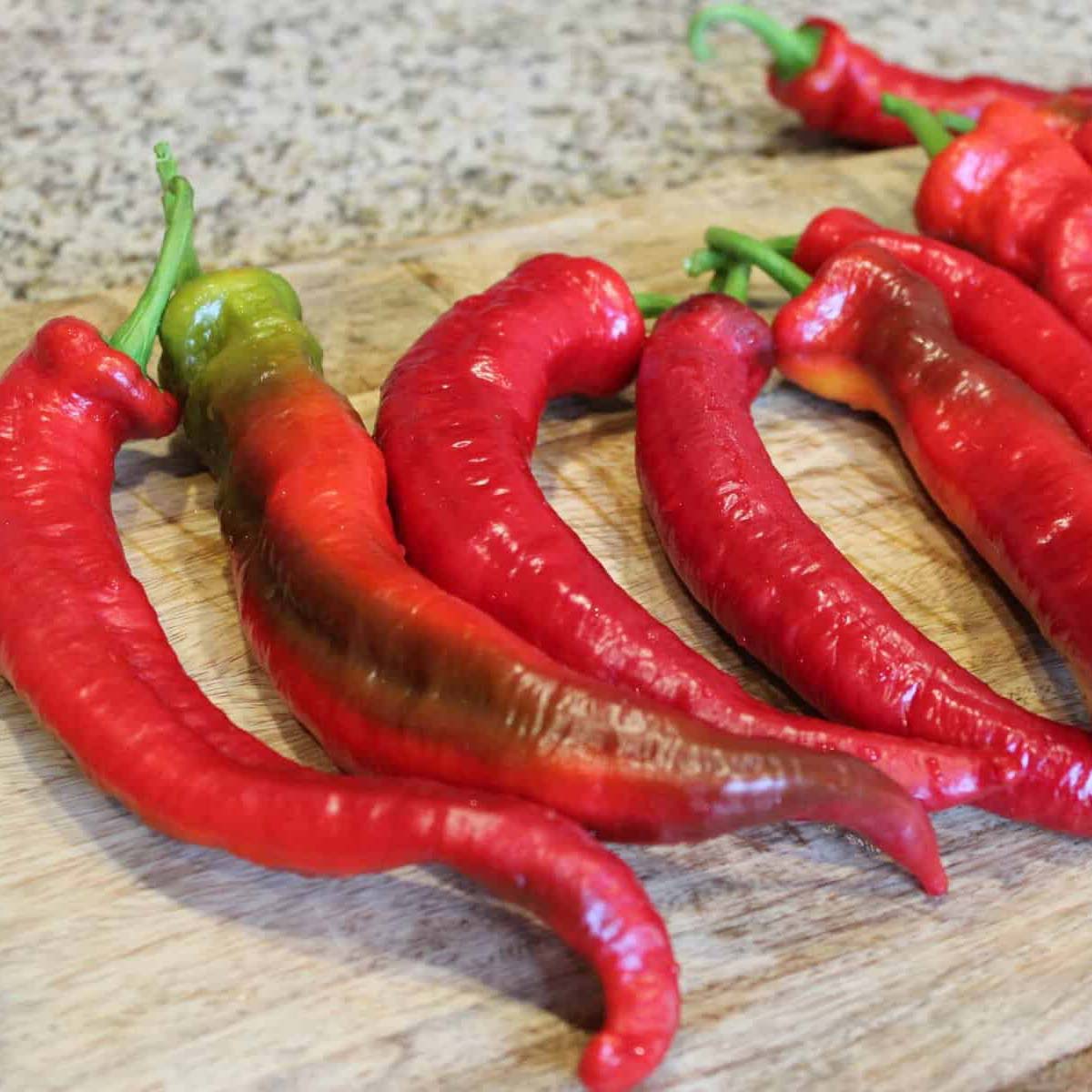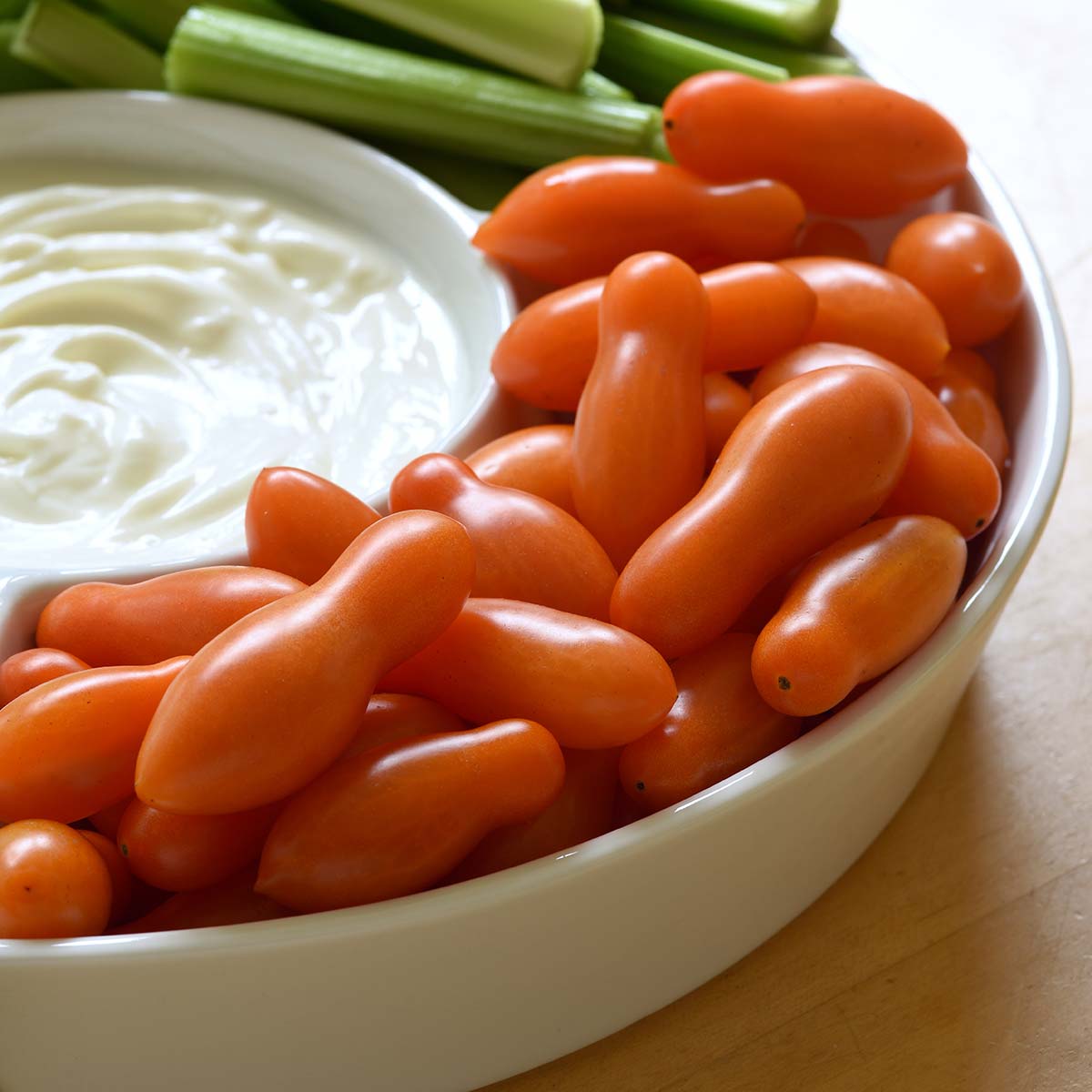8 Offbeat Vegetables to Try in Your Garden
Looking to add some fun new plants to your edible garden? Try any of these offbeat, fun, trendy new vegetables.
Gardeners who grow their own have a nearly endless list of vegetable choices. But which ones are best?
To help with that, the non-profit All-America Selections program each year runs independent trials at some 80 sites nationwide, including universities, public gardens, grower facilities, and Extension gardens. The volunteer horticulturist judges evaluate and score each of the hundreds of new trial plants several times throughout the growing season, comparing them to current favorites. The best performers win AAS awards – either regional ones for top regional performance or national honors for varieties that score highly throughout the U.S.
In addition to that program, the National Garden Bureau – a century-old non-profit organization that promotes gardening on behalf of the horticulture – bestows Green Thumb Awards to the year’s best new plants and products. A panel of NGB members (garden writers, breeders, retailers, brokers, and growers) picks winners based on uniqueness, technological innovation, ability to solve a gardening problem or provide a gardening opportunity, and appeal to gardeners.
Five new vegetables were good enough to earn 2023 AAS honors, while one new vegetable earned the 2023 Green Thumb Award.

Jalapeno pepper San Joaquin. Photo courtesy All-America Selections.
One of just two 2023 AAS national winners is a hybrid jalapeno pepper called San Joaquin. It matures most of its fruit in a short time frame, making it ideal for those growing jalapenos for canning, pickling, or making salsa.
San Joaquin’s fruits are ready to pick green 60 days from planting and will mature to red if left in the garden. They’re mild in heat content (“just a hint of heat,” according to the AAS judges).
Expect about 50 four-inch fruits per 30-inch-tall plant.
AAS judges also mentioned the variety’s thick-walled fruits that make them resistant to cracking. Production is best in full sun.

Squash Sweet Jade. Photo courtesy All-America Selections
The second 2023 AAS national winner is this single-serving-sized hybrid winter squash that’s both high-yielding and long-keeping.
The fruits of Sweet Jade, a kabocha-type squash, are only four to five inches around and weigh one to two pounds each.
The round, flat-topped green fruits are deep orange inside with a dry yet sweet flavor.
AAS judges said the size makes them ideal for single servings of roasted squash, as an edible soup bowl, or “in any Asian-style dish where a sweet, earthy, nutritious squash is typically used.”
Sweet Jade plants have a vining habit that can send arms out six to eight feet, so give them plenty of room or support in the garden.
Fruits are ready to harvest 85 days from transplant or 100 days from direct-seeding. Production is best in full sun.

Cayenne pepper Wildcat. Photo courtesy All-America Selections.
Wildcat is a cayenne pepper with extra-large, two- to three-ounce fruits. It won AAS awards for the Southeast and Mountain/Southwest regions.
A high-yielding plant with thick, fleshy walls, this variety also stood out for its smoky flavor and pod length, typically running eight to 10 inches long and sometimes 12 inches.
The heat level is mild for a cayenne – about 500 to 1,500 Scoville units on the pepper heat scale.
Wildcat plants grow slightly taller than three feet, ideally in full suns. Fruits mature to red about 75 days after transplanting plants.

Roma-type tomato Zenzei. Photo courtesy All-America Selections.
This early-maturing, high-yielding, Roma-type tomato won AAS honors for the Great Lakes and Heartland regions.
Zenzei also stood out for its disease-resistance and meaty, oblong, four- to five-inch fruits that ripen red a fast 70 to 80 from transplant.
Plants are bushy and grow about six feet tall.
The variety is an indeterminate producer, meaning it continues to churn out fruits until frost ends the season. Plants perform best in full sun.

Watermelon Rubyfirm. Photo courtesy All-America Selections
Rubyfirm is a new watermelon variety that produces round, four- to five-pound “personal-sized” fruits on vining plants that can reach out 10 feet (unless staked upwards).
AAS judges liked its “very sweet and crisp flesh” and its minimal seed production that was noticeably less than the competition. Rubyfirm was good enough to earn AAS honors in the West/Northwest and Mountain/Southwest regions.
Plants produce two to three fruits each, ready to harvest on average of 80 days from directly sowing seed in the garden. Best in full sun.

Tomato Sun Dipper. Photo courtesy National Garden Bureau
This new crack-resistant, cherry-type tomato won the National Garden Bureau’s 2023 Green Thumb Award as the year’s best new vegetable.
What stood out about tomato Sun Dipper is its fruit shape – like miniature bowling pins. The shape gives the small orange fruits “handles” that facilitate dipping in sauces.
Sun Dipper also has good disease resistance and a fast maturing time, producing ready-to-pick fruits 60 to 65 days after planting plants.
Production is indeterminate and best in full sun.